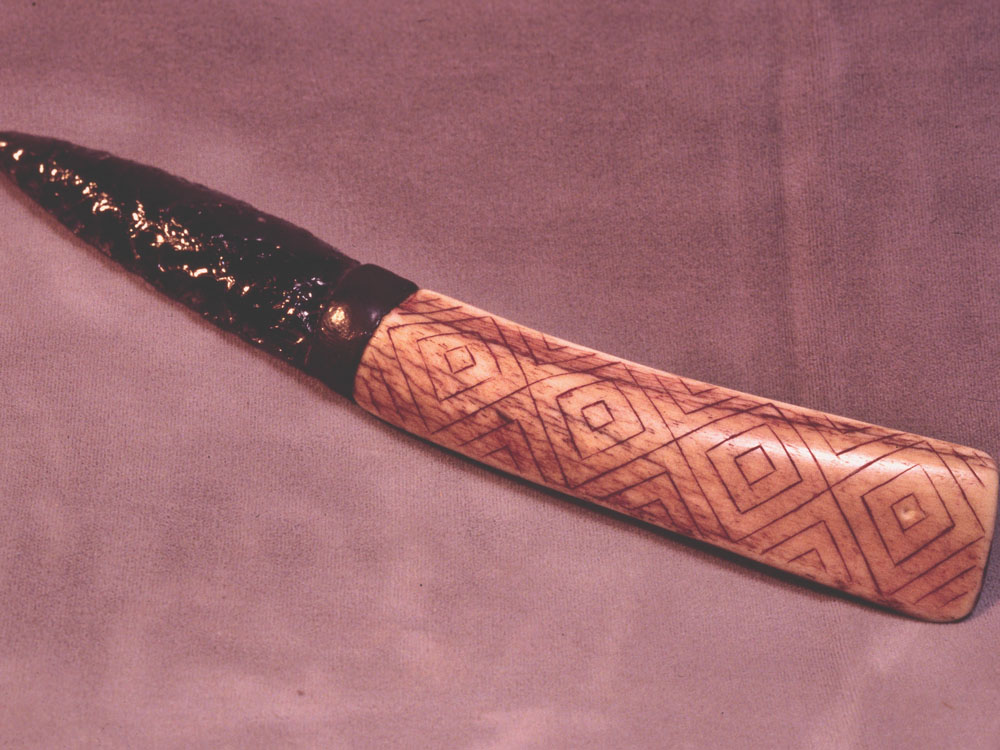The Mummy, the Slitter and the Mortuary Mob February 20, 2014
Author: Beach Combing | in : Ancient , trackbackBeen reading a lot about Egyptian mummies recently. There are nauseating details, intermershed with fascinating stuff. Here is the single most famous description to come down to us in Herodotus:
The best process is this one: as much as possible of the brain is taken out through the nose with an iron hook, and what cannot be reached with the hook is washed out with drugs; next, the flank is opened with a flint knife and the whole contents of the abdomen removed; the cavity is then thoroughly cleaned and washed out, firstly with palm wine and again with an infusion of ground spices. After that, it is filled with pure myrrh, cassia, and every other aromatic substance, excepting frankincense, and sewn up again, after which the body is placed in natron, covered entirely over, for seventy days – never longer. When this period is passed, the body is washed and then wrapped from head to foot in linen cut into strips and smeared on the underside with gum, which is commonly used by the Egyptians instead of glue. In this condition the body is given back to the family, who have a wooden case made, shaped like a human figure, into which it is put.
Herodotus probably gets some of the details wrong. For example, an Egytpian tells us that the mummy is covered with natron (a preservative that dries out the body) for thirty five days (not seventy) and modern reconstructions have confirmed that Herod was likely in error here. Other points though have been confirmed by modern reconstructions, particularly, Bob Brier and Robert Wade’s extraordinary work on an actual corpse (another post another day). For example, the flint knife might not sound very effective, but Herodotus here is referring to obsidian, which flaked properly can be incredibly sharp. In fact, surgeons now use obsidian scalpels, in preference to overly-expensive diamond knives. My favourite detail from mummy-making comes, however, in Diodorus Siculus, that ancient cut and paster from Sicily.
First, he who is called the scribe, laying the body down, marks on the left flank where it is to be cut. The one called the slitter cuts the flesh, as the law commands, with an Ethiopian stone and at once takes to flight on the run, while those present set out after him, pelting him with stones, heaping curses on him and trying, as it were, to turn profanation on his head; for in their eyes everyone is an object of general hatred who applies violence to the body of the same tribe or wounds him or, in general does any harm.
It is a beautiful example of the very natural human revulsion at autopsy: an attitude that, while understandable, held back medical knowledge for centuries. The man holding the obsidian blade runs the volcanic glass down the line marked by a scribe. Obsidian is very sharp but it is a delicate act because if there is any lateral pressure it can flake. Then, as soon as he lifts the stone, he has to set off sprinting because as well as being insispensable he is also a human jackal who needs to be (even if only ritually) chased! Other strange death rituals like this from Ancient Egypt or other cultures: drbeachcombing AT yahoo DOT com I’d love to know if it was just fun and games in the autopsy tent or whether they threw the stones hard.



